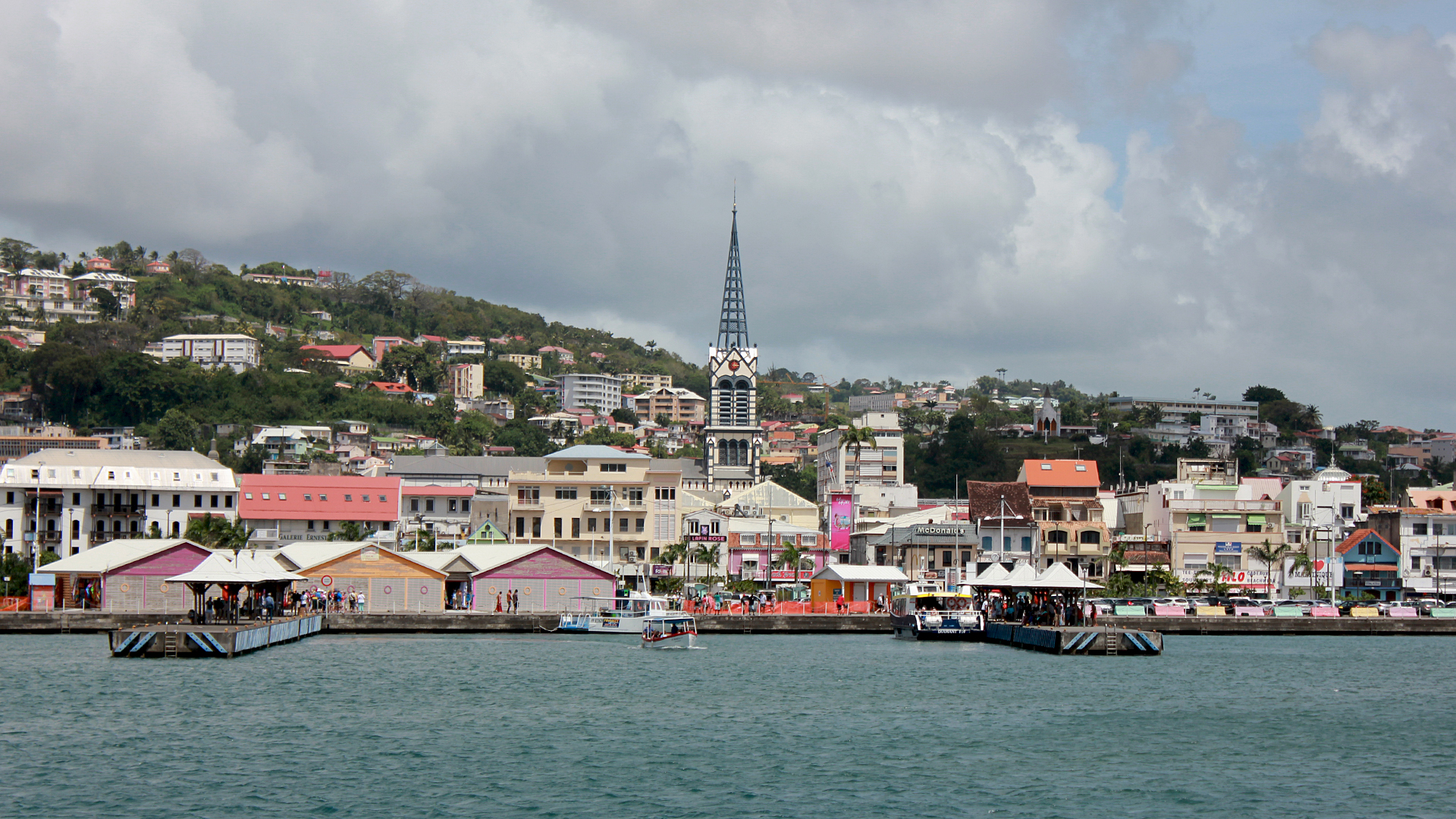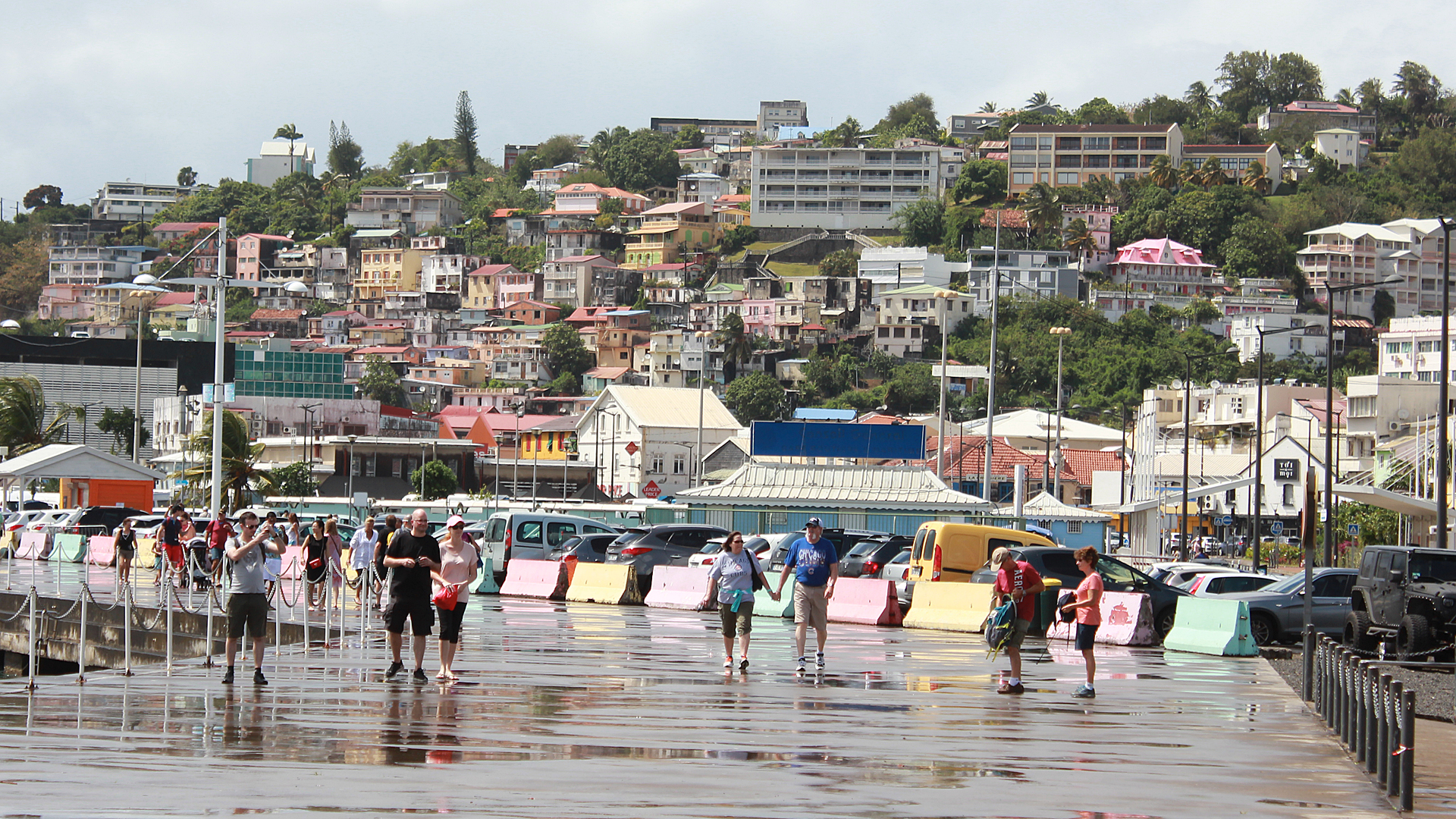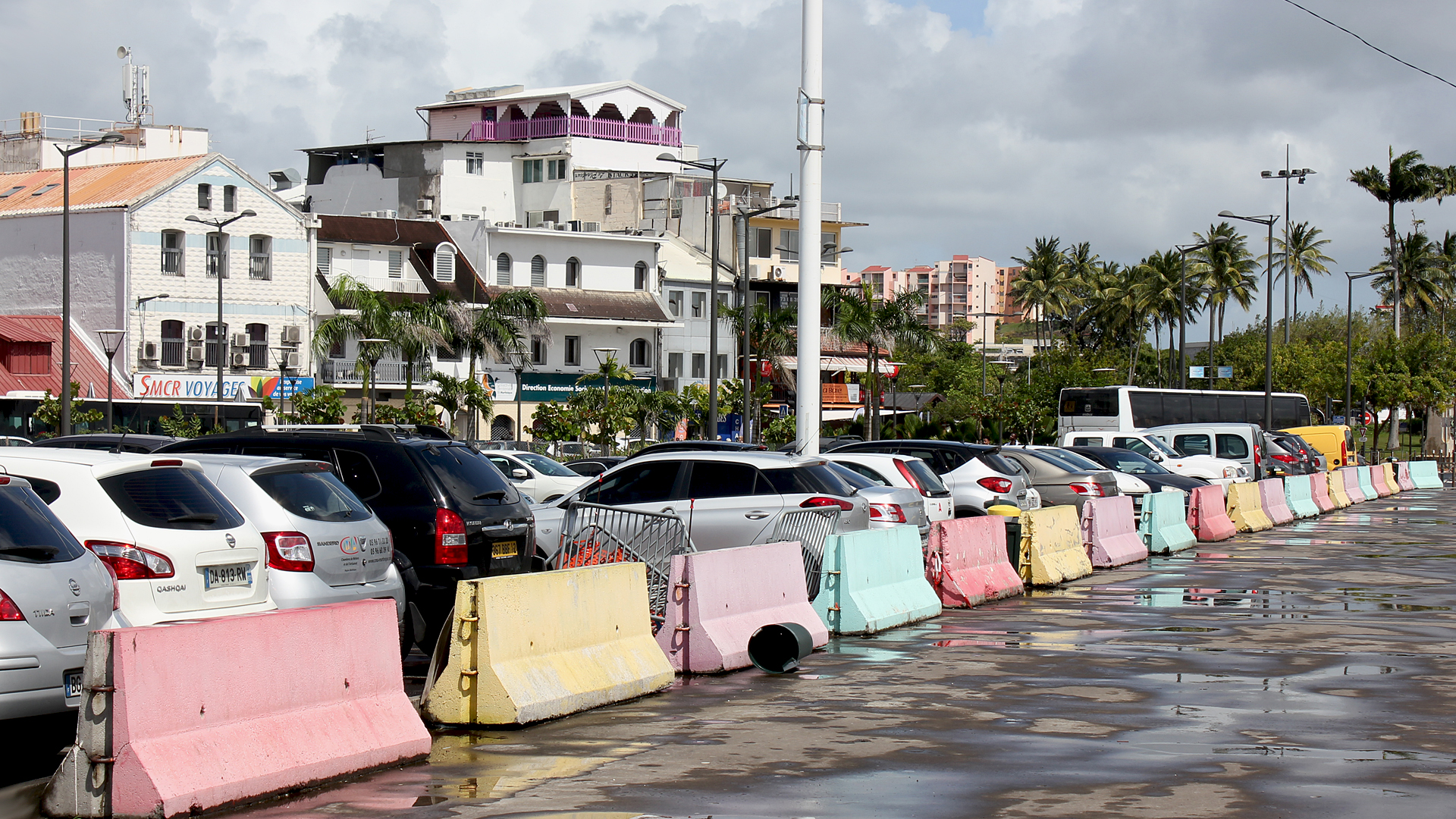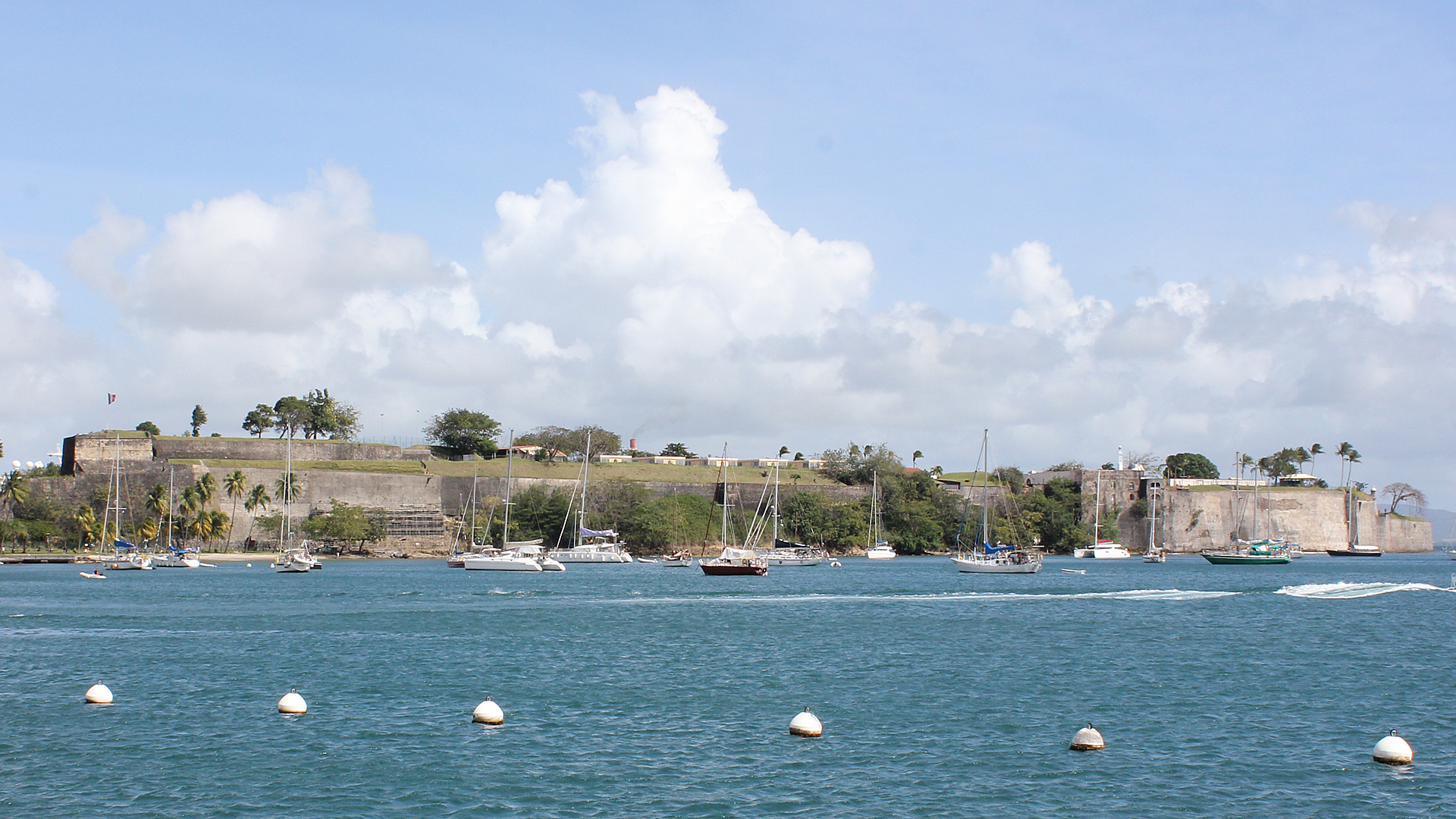Martinique
Lanee and I travelled to Martinique by cruise ship on February 22, 2018. Martinique is one of the eighteen regions of France (being an overseas region) and an integral part of the French Republic. As part of France, Martinique is part of the European Union, and its currency is the euro. The official language is French, which is spoken by virtually the entire population. In addition, most residents can also speak Martiniquan Creole, a form of Antillean Creole closely related to the varieties spoken in neighboring English-speaking islands of Saint Lucia and Dominica. Martiniquan Creole is based on French, Carib and African languages with elements of English, Spanish, and Portuguese. It continues to be used in oral storytelling traditions and other forms of speech and to a lesser extent in writing.
When Columbus landed on the island June 15, 1502, he christened the island as Martinica. The name then evolved into Madinina ("Island of Flowers"), Madiana, and Matinite. Finally, through the influence of the neighboring island of Dominica, it came to be known as Martinique.
Martinique is located in the Caribbean Sea about 280 miles northeast of the coast of South America and about 435 miles southeast of the Dominican Republic. It is directly north of St. Lucia, northwest of Barbados, southeast of both Puerto Rico and Dominican Republic and south of Dominica.
The total area of Martinique is 420 square miles, of which 15 square miles is water and the rest land. Martinique is the 3rd largest island in The Lesser Antilles after Trinidad and Guadeloupe. It stretches 43 miles in length and 19 miles in width. The highest point is the volcano of Mont Pelee at 4,583 feet above sea level. Martinique is volcanic in origin and hilly. The coordinates for the island is 14o40' N 61o00' W.
Demographics
Information from 2013 indicated that the core population is made up of 385,551 people.
Religions in Martinique are Roman Catholic (90%); Hindu (5%); Unaffiliated or other faith (5%)
Ethnic groups--The population of Martinique is mainly of African descent, but also includes people whose ancestry is French, Amerindian (Carib), Indo-Martiniquais (descendants of 19th century immigrants from India), Lebanese or Chinese. Martinique also has a small Syro-Lebanese community, a small but increasing Chinese community, and the Beke community, descendants of the first French and Spanish settlers, who still dominate parts of the agricultural and trade sectors of the economy. Whites in total represent 5% of the population
Tourism
Tourism has become more important than agricultural exports as a source of income. In 2000, the island hosted 500,000 tourists, and the tourism industry employed 7% of the total workforce. Roughly 16% of the total businesses on the island (some 6,000 companies) provide tourist-related services.
Points of interest
- Church of Balata
- St. Pierre
- Rum Distillery
- Fort-de-France
- Banana Plantation
- Balata Botanical Garden
- Underwater Exploration
Ships in Port
There were two other cruise ships at Martinque. Also, the largest sailing ship I have seen called the Royal Clipper part of the Star Clippers Ships was in dock. The ship has a total of 220 passengers and crew.
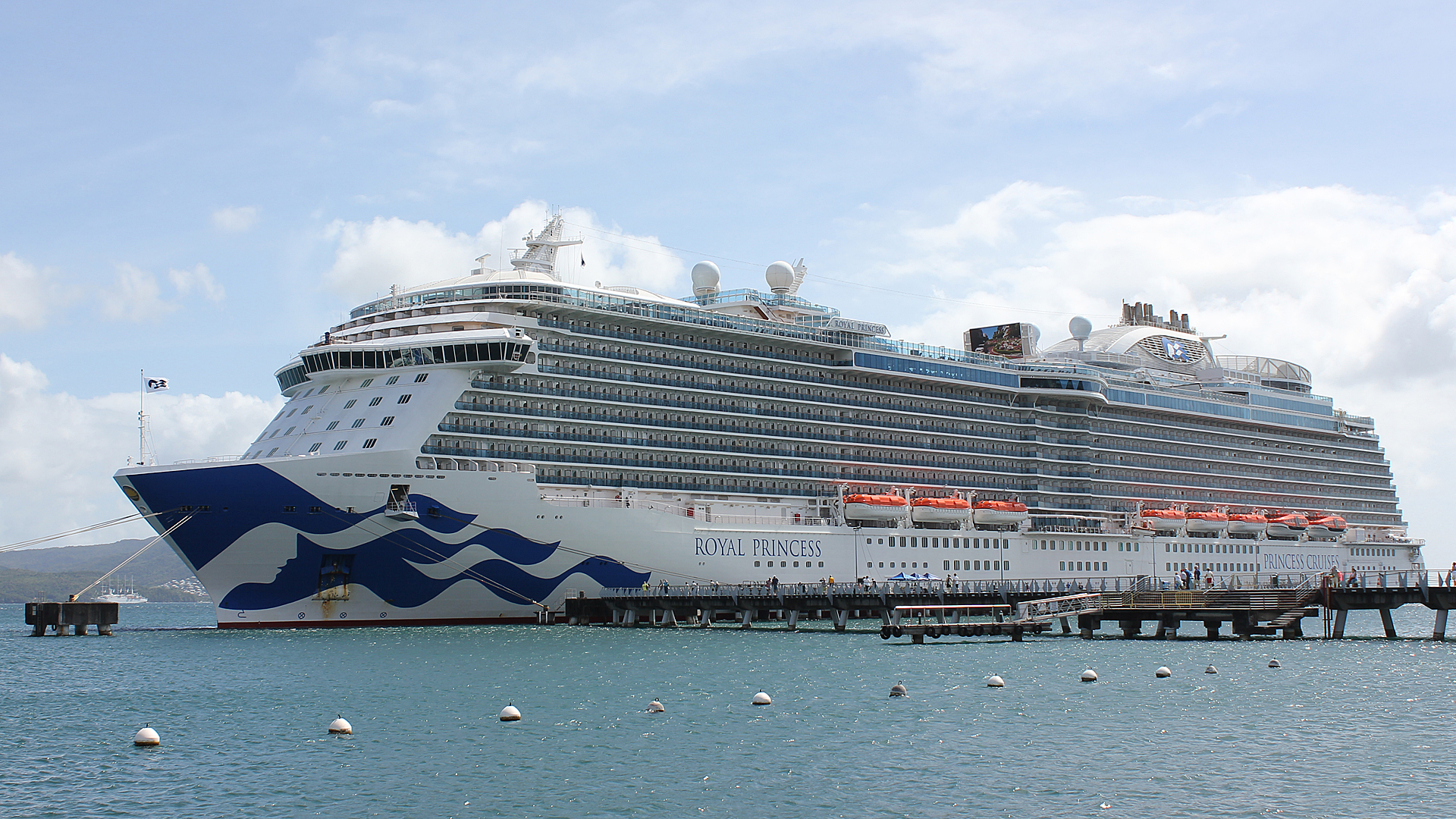
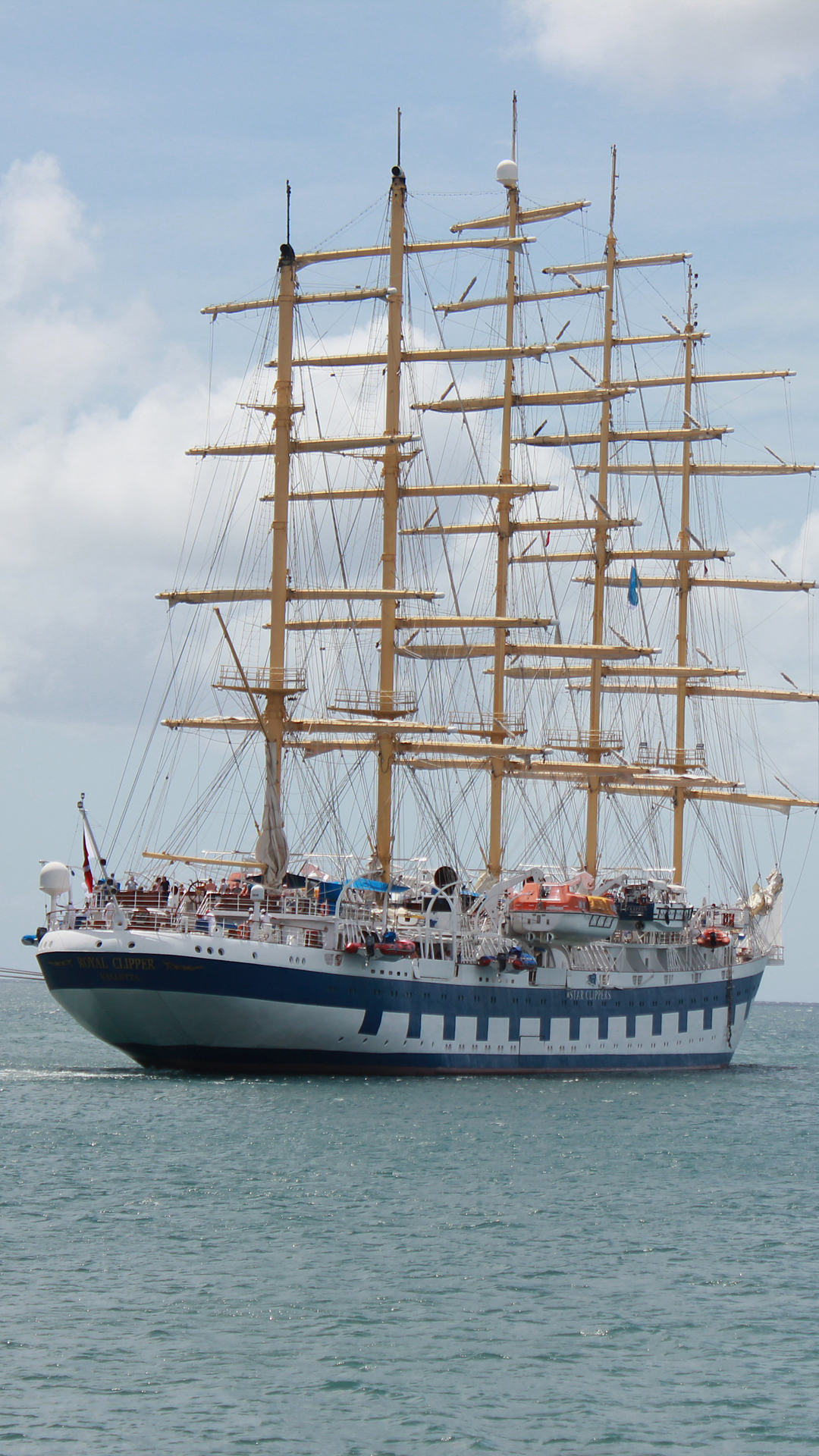
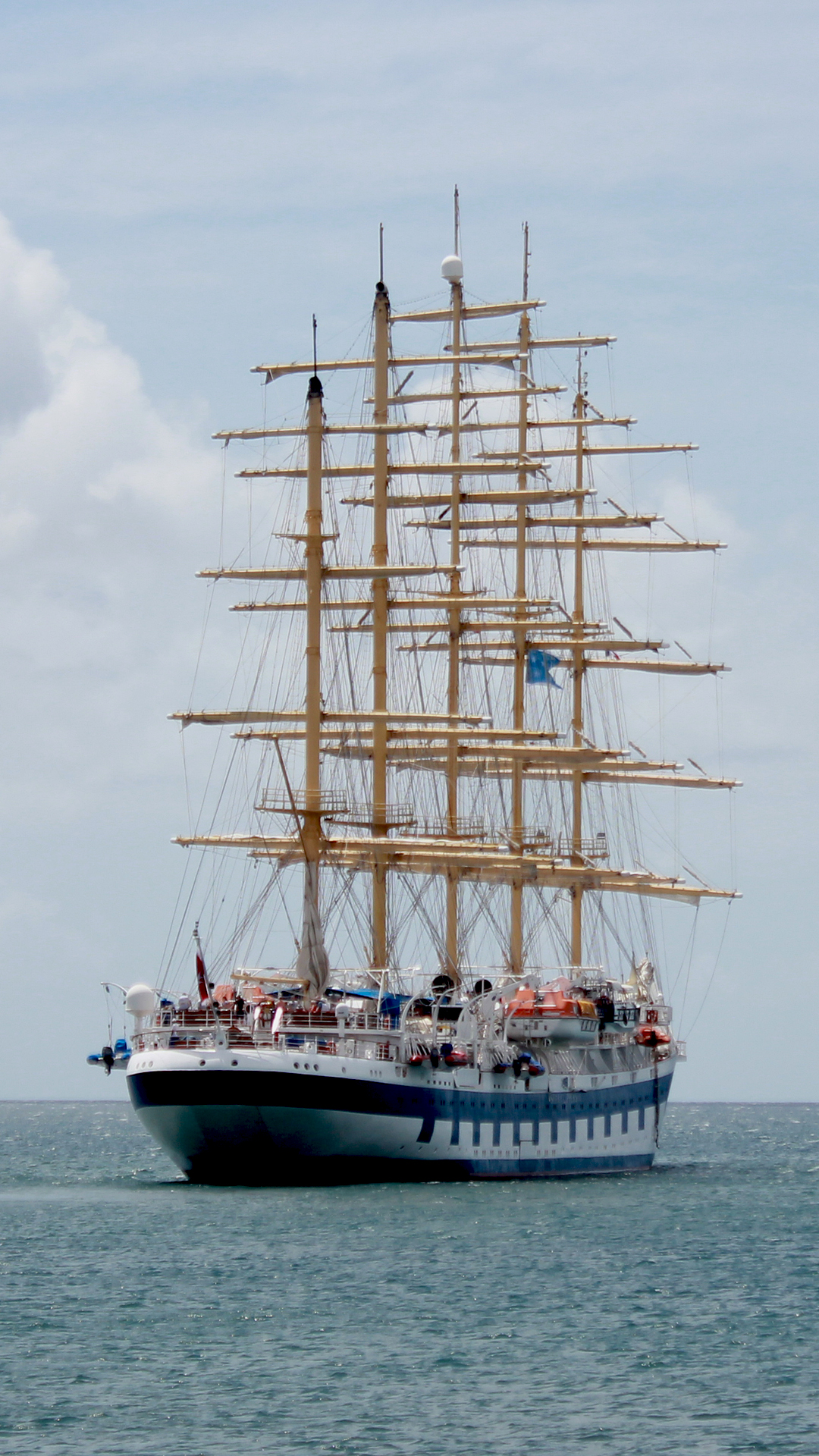
Downtown Pictures
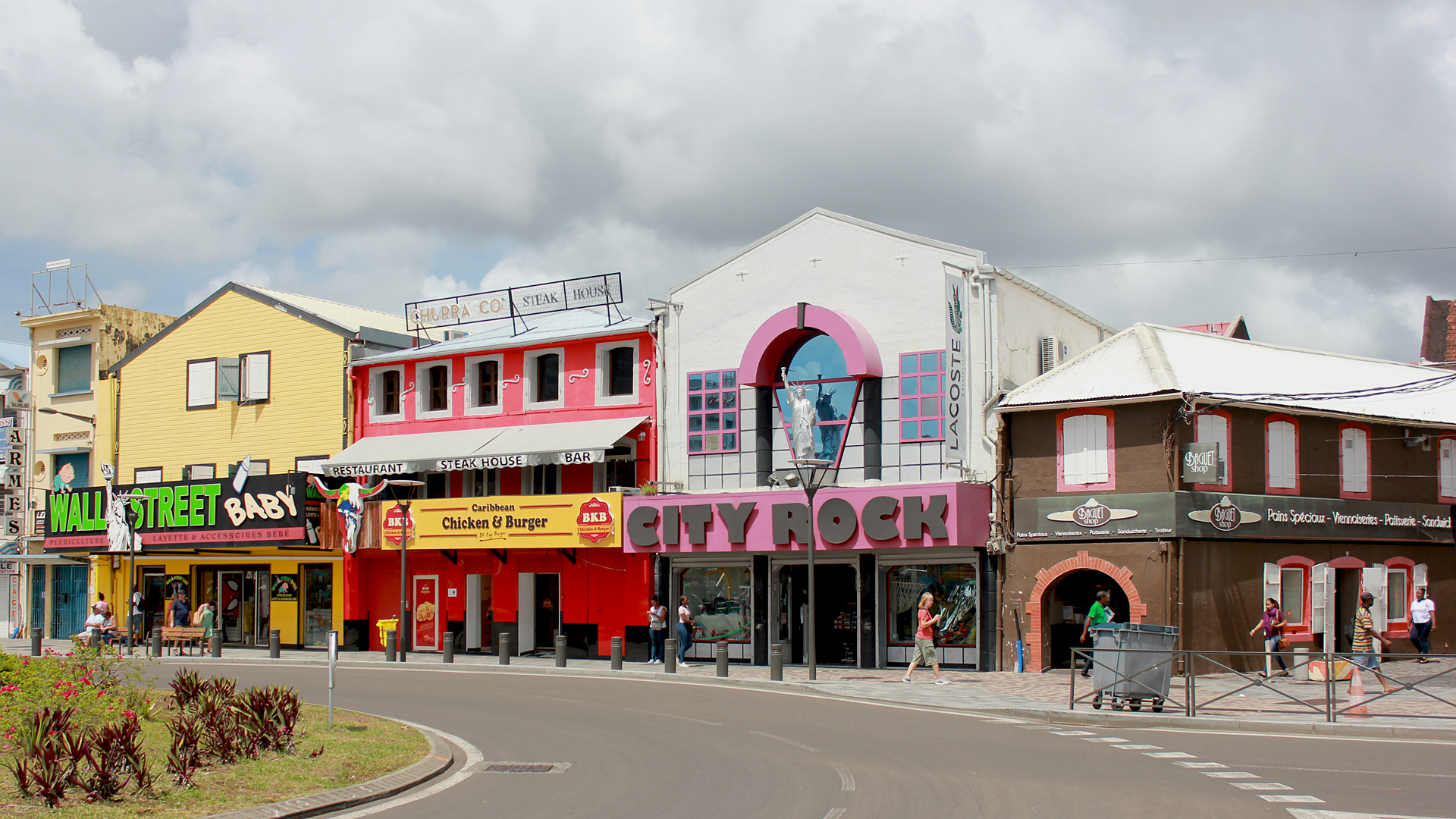
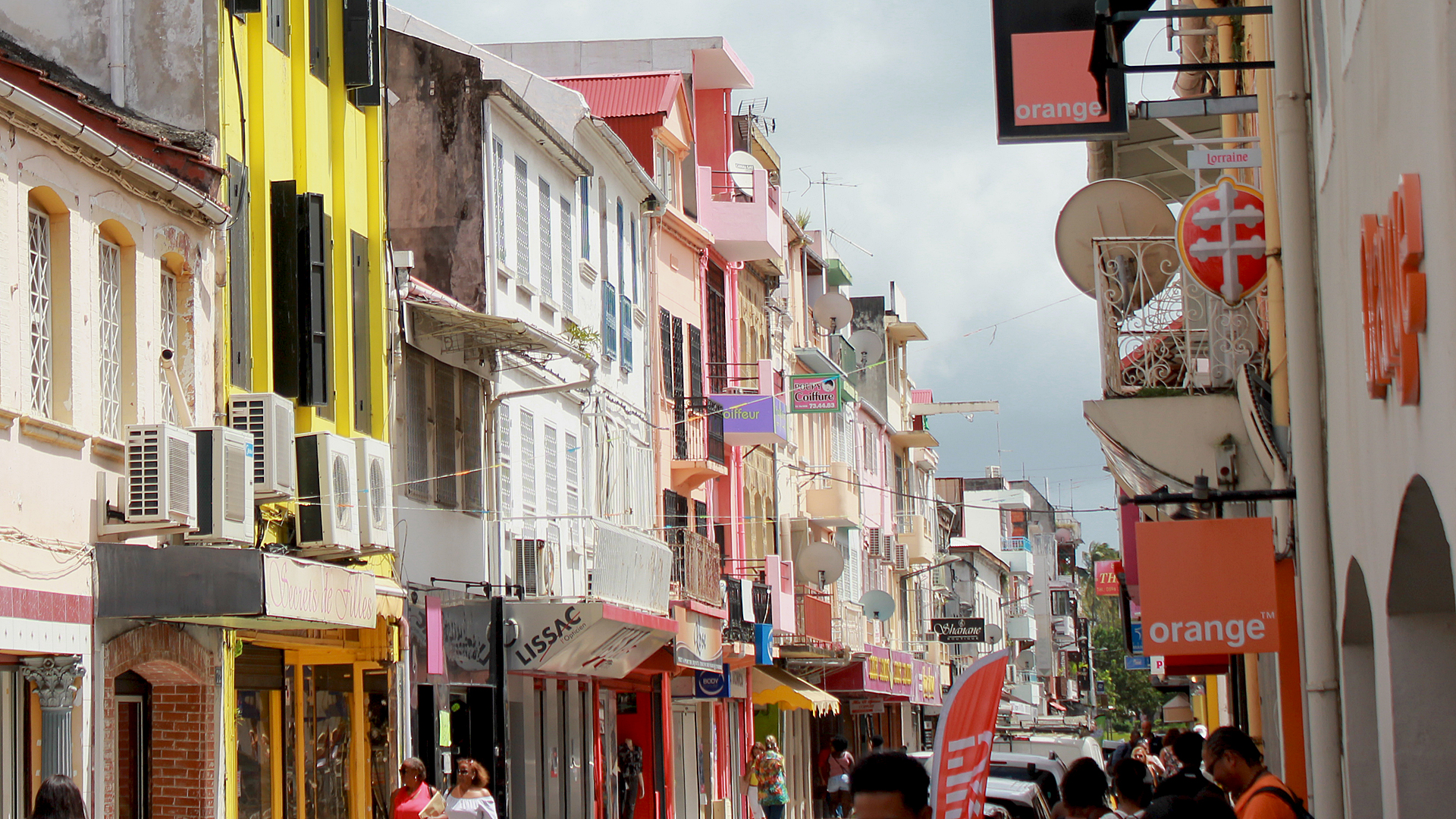
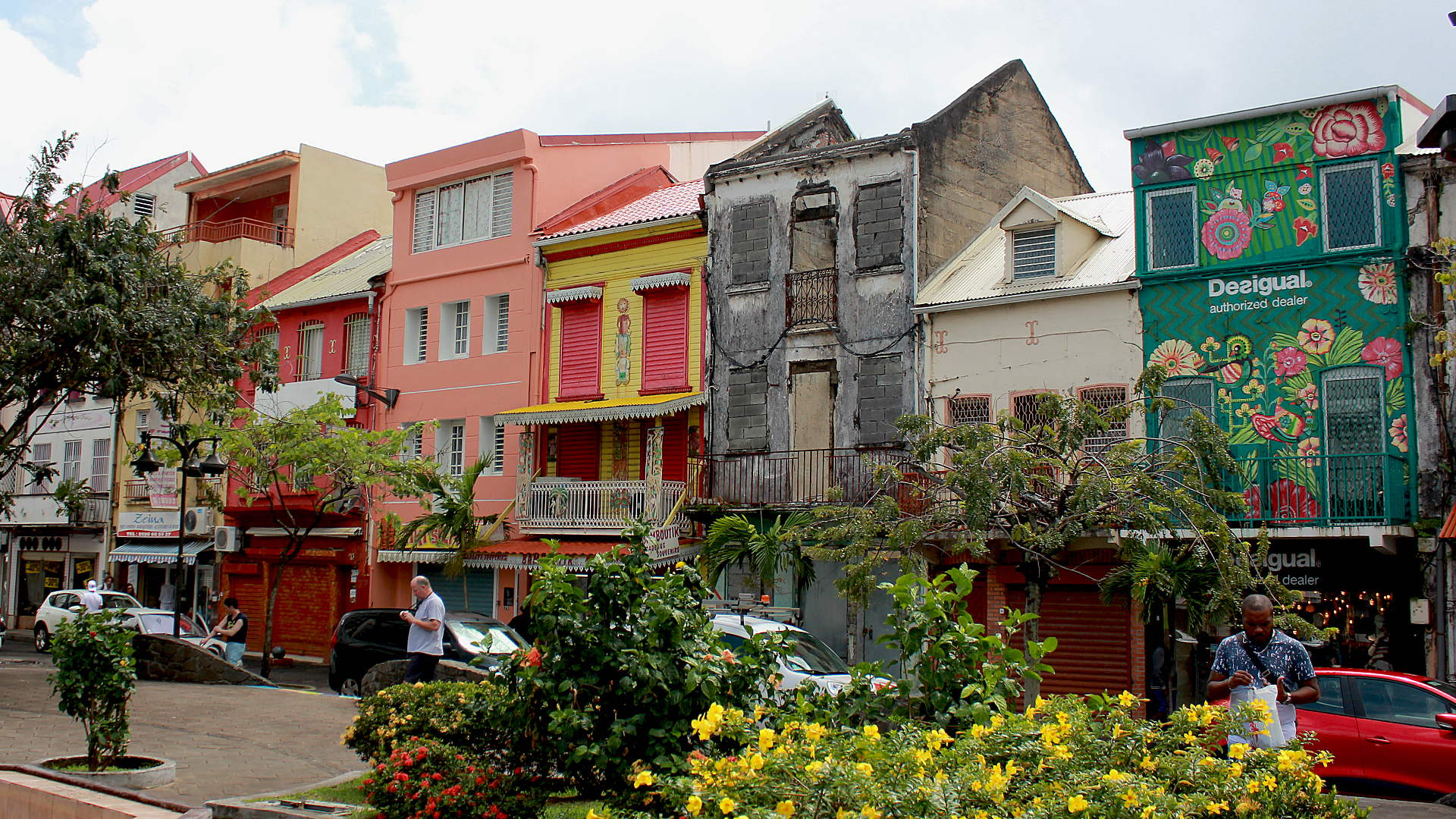
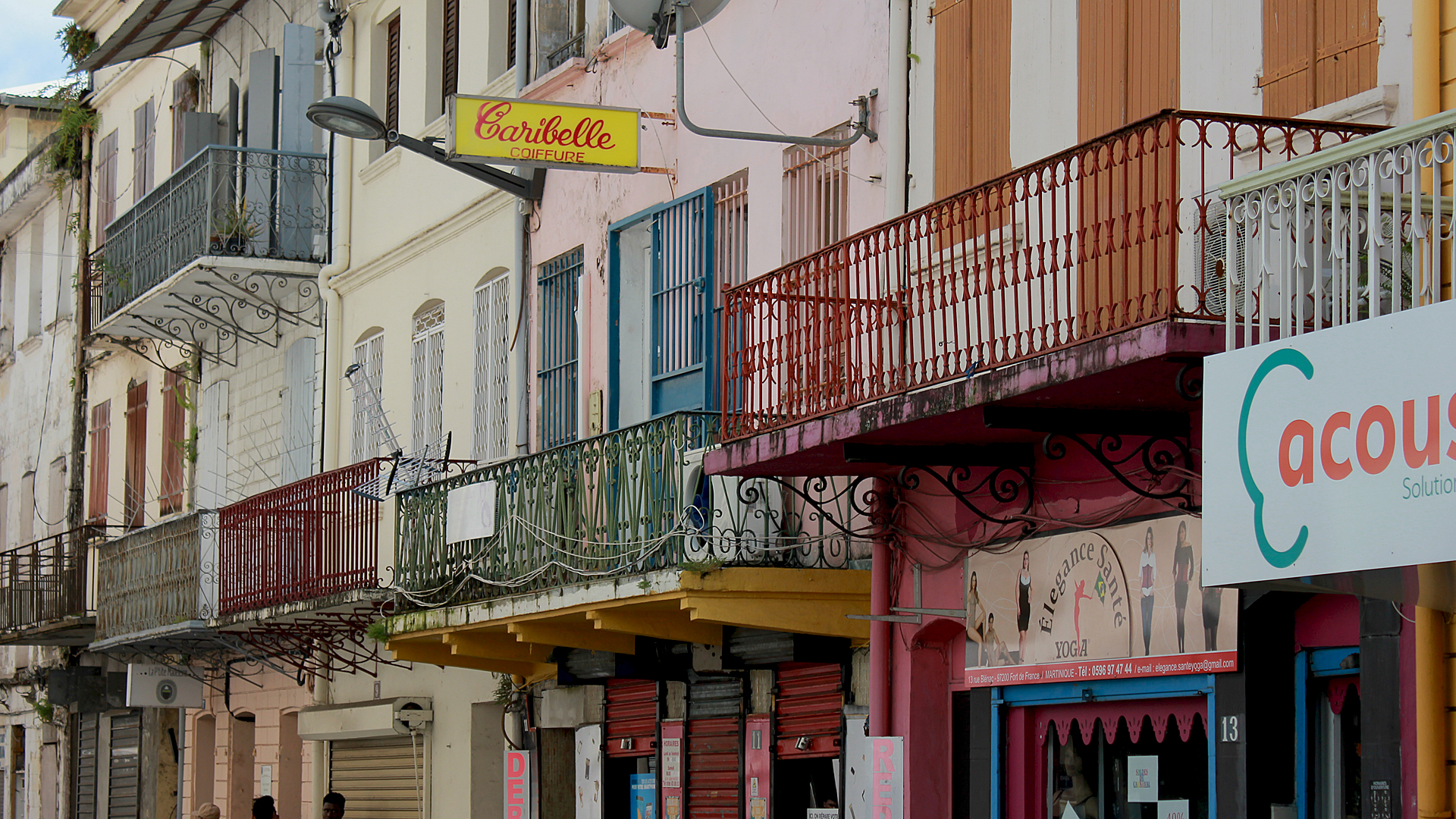
Scenic Pictures
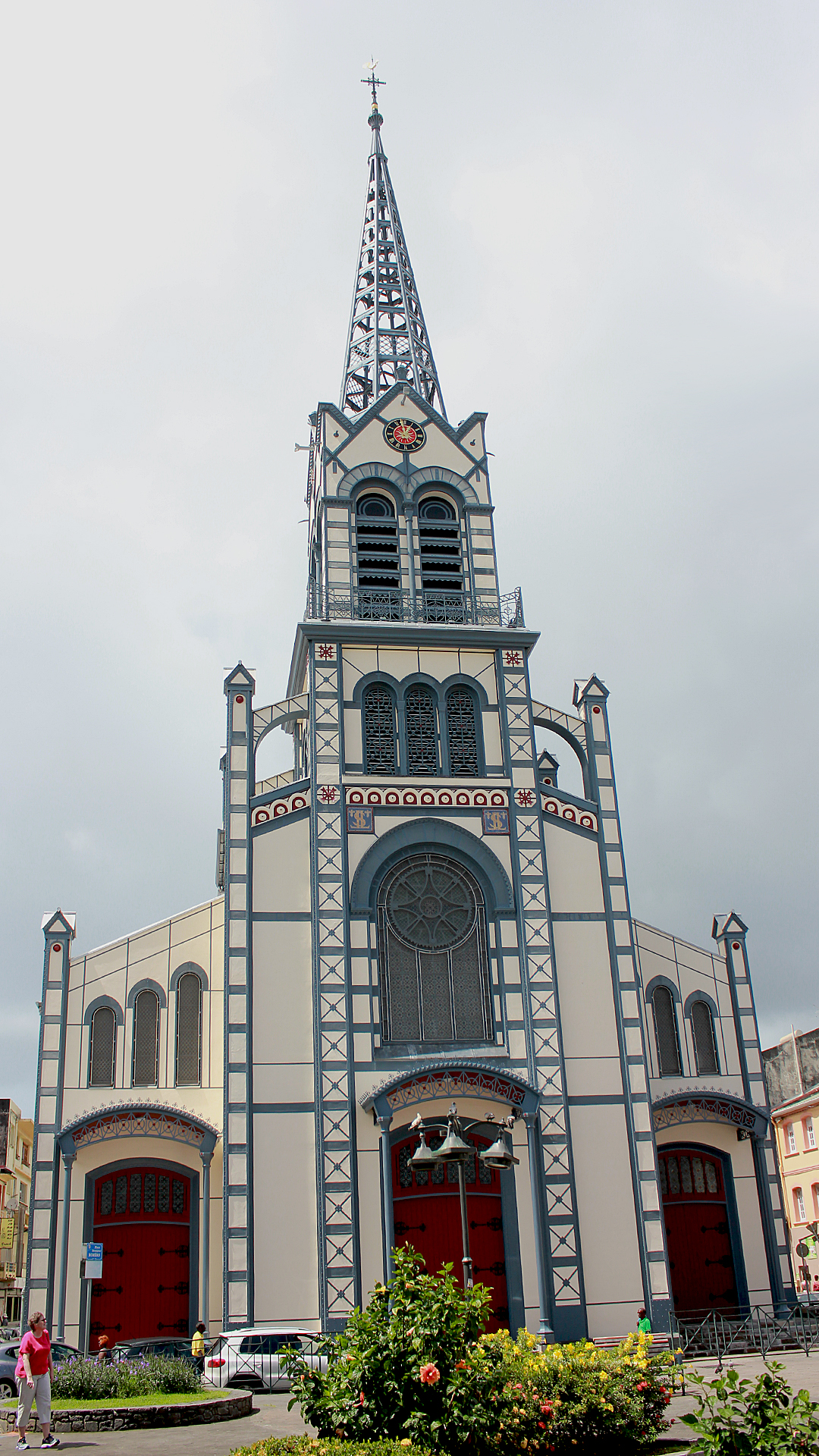
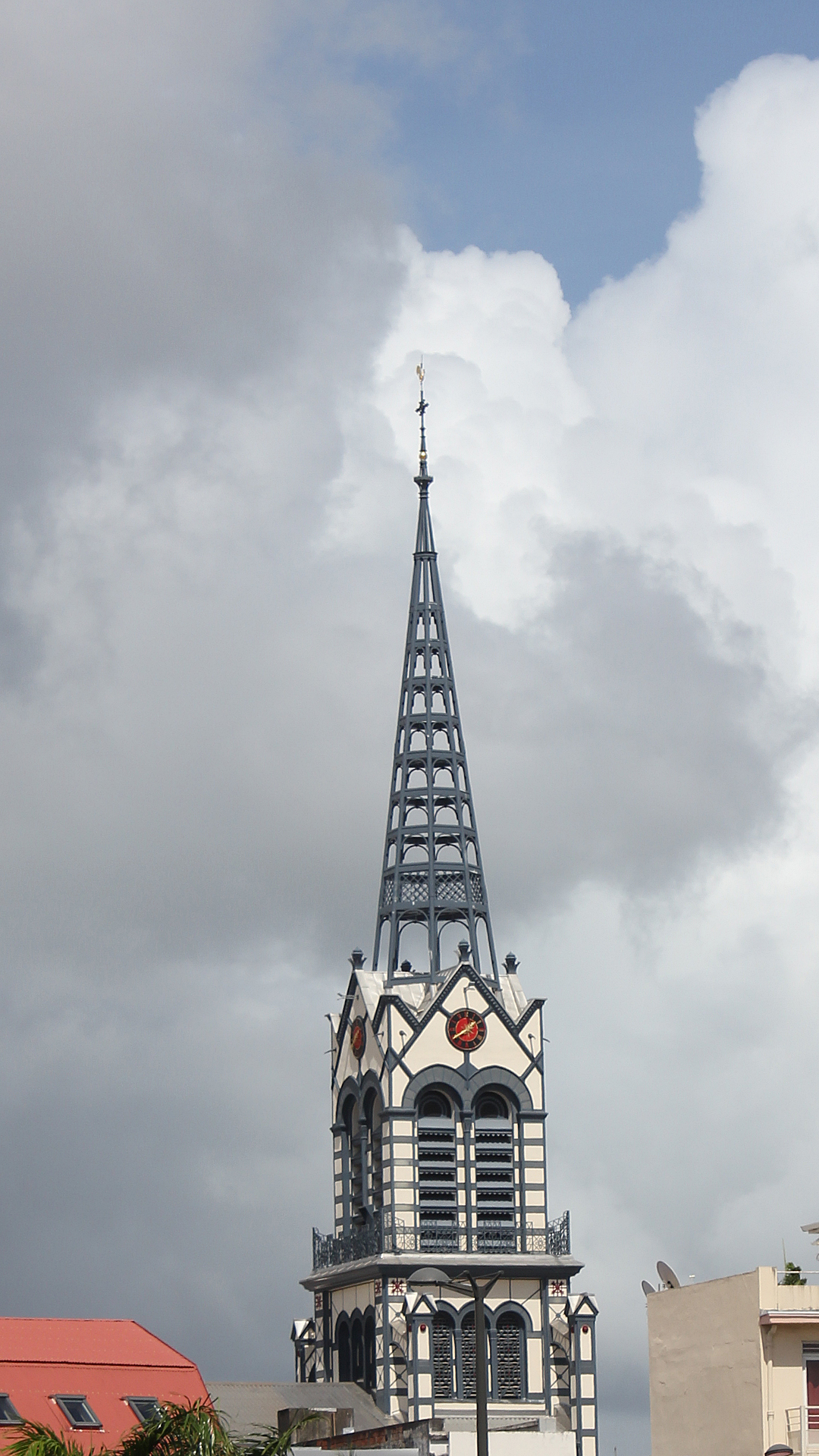
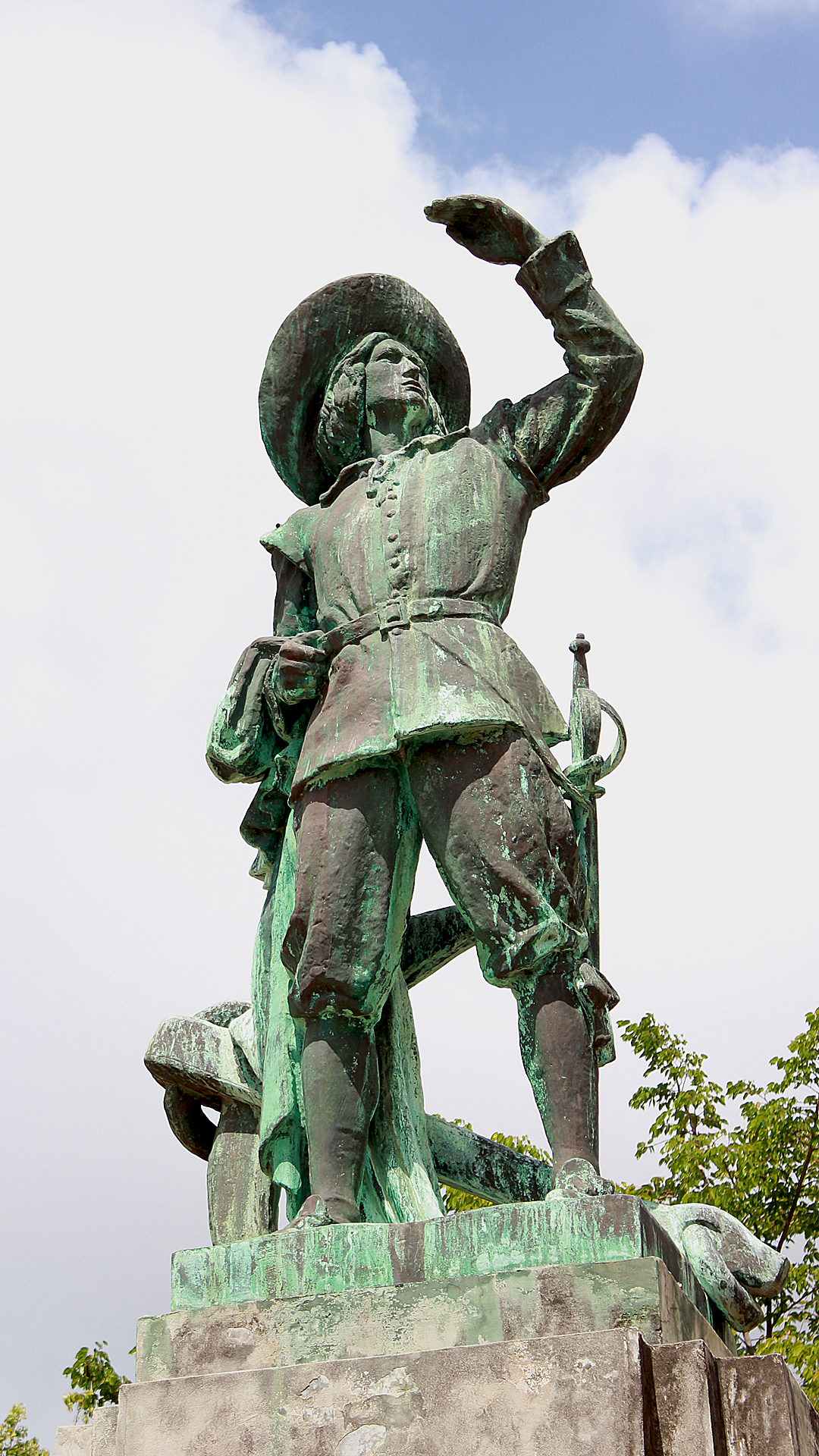
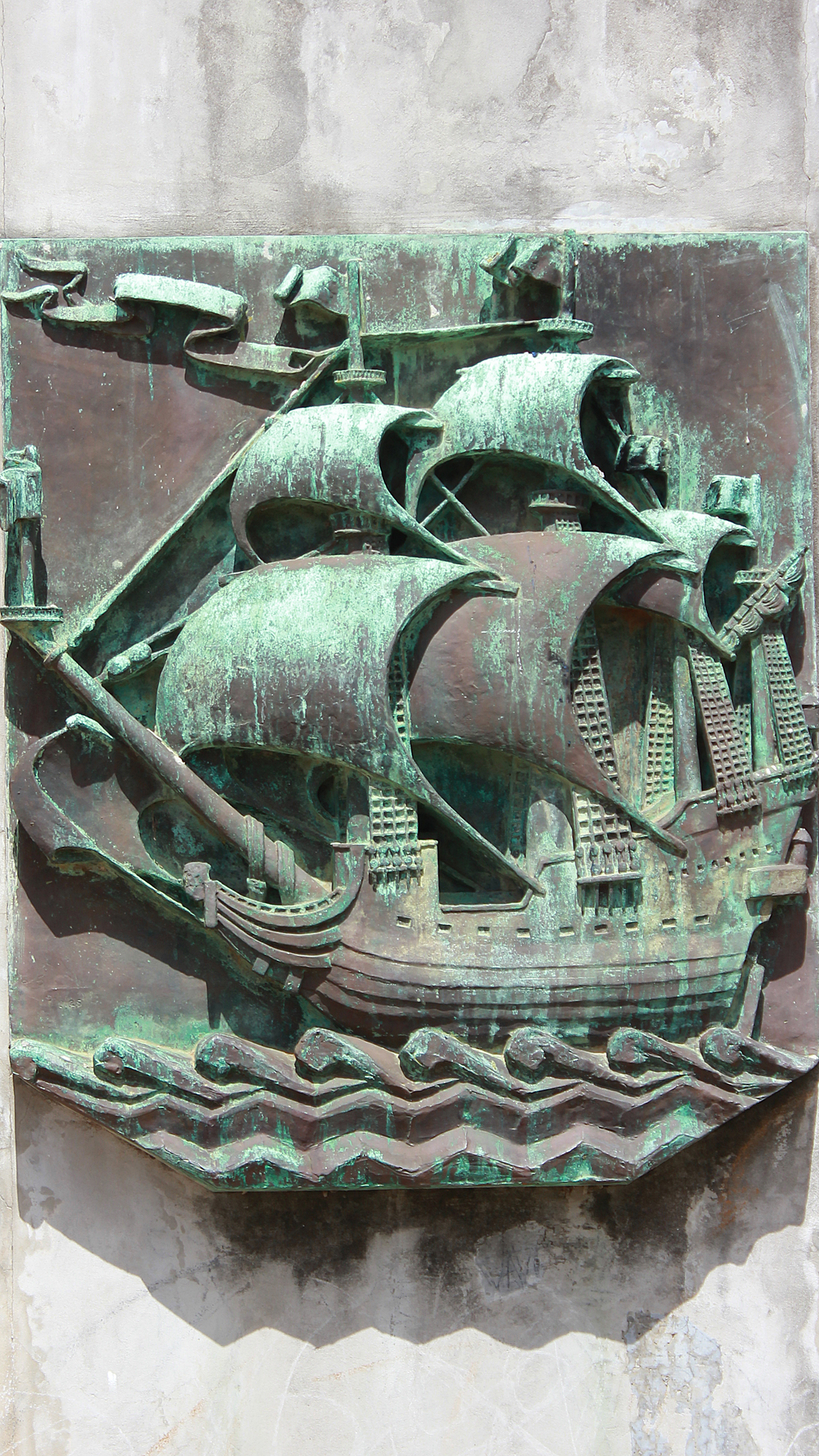
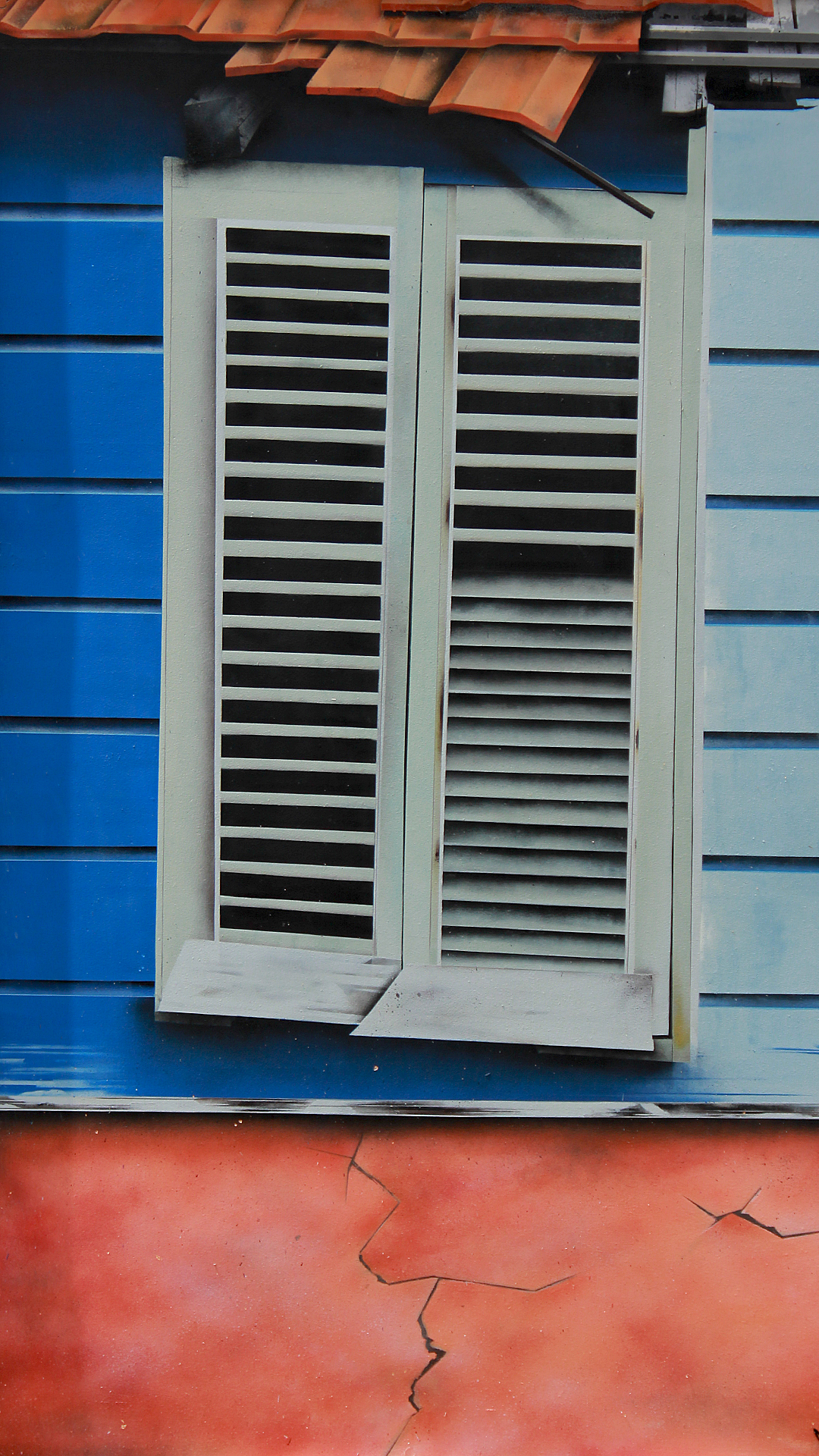
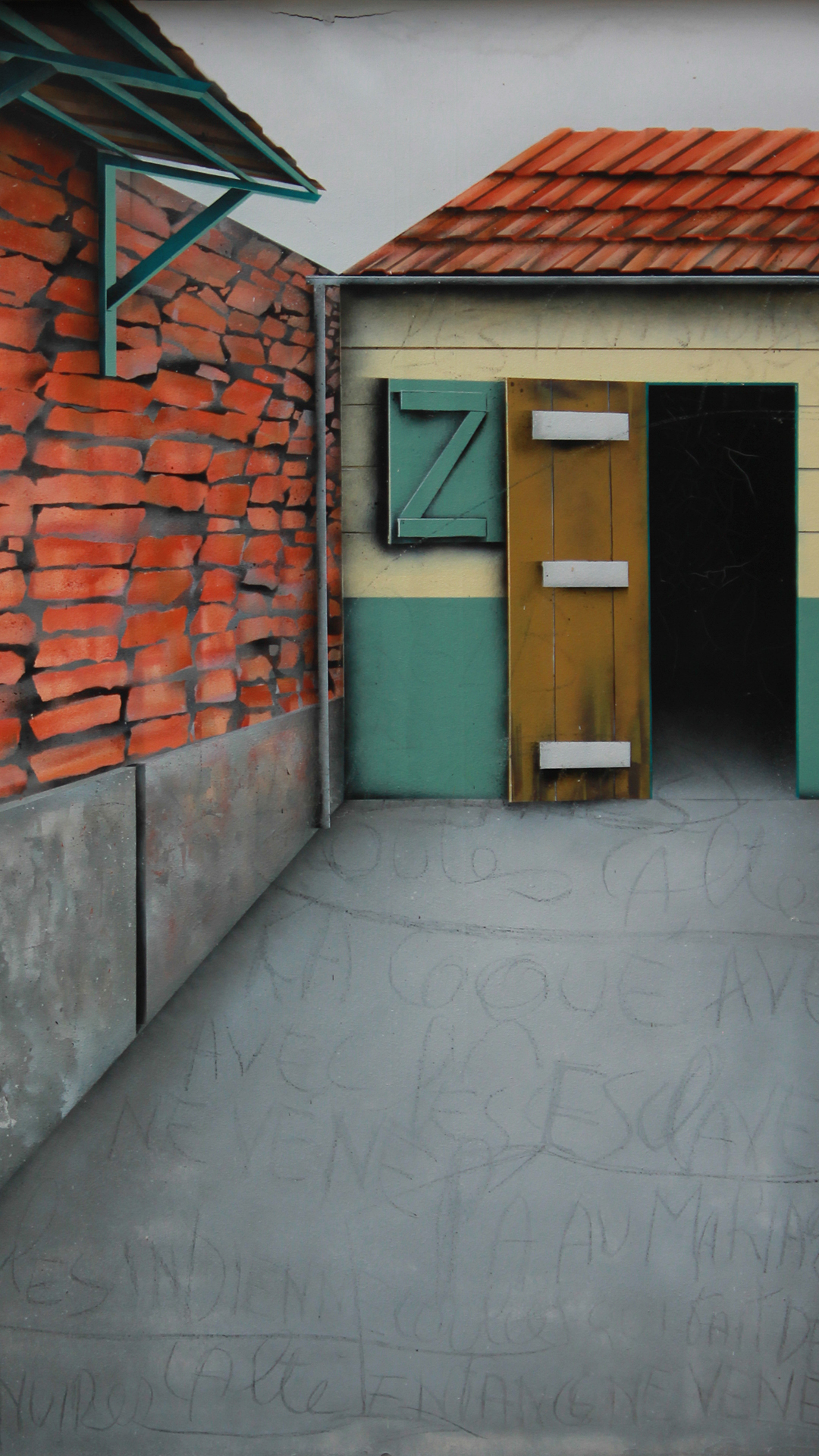
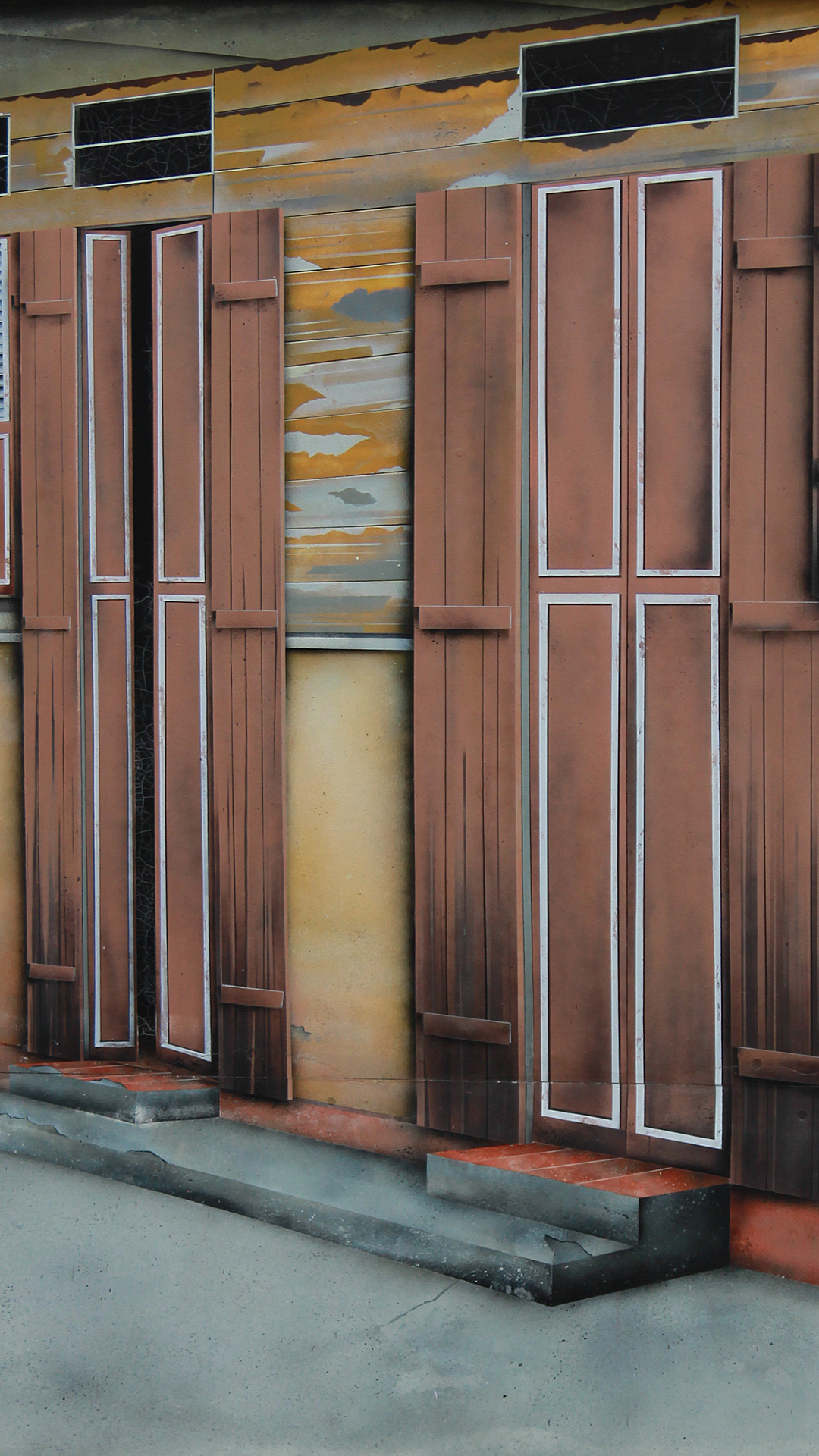
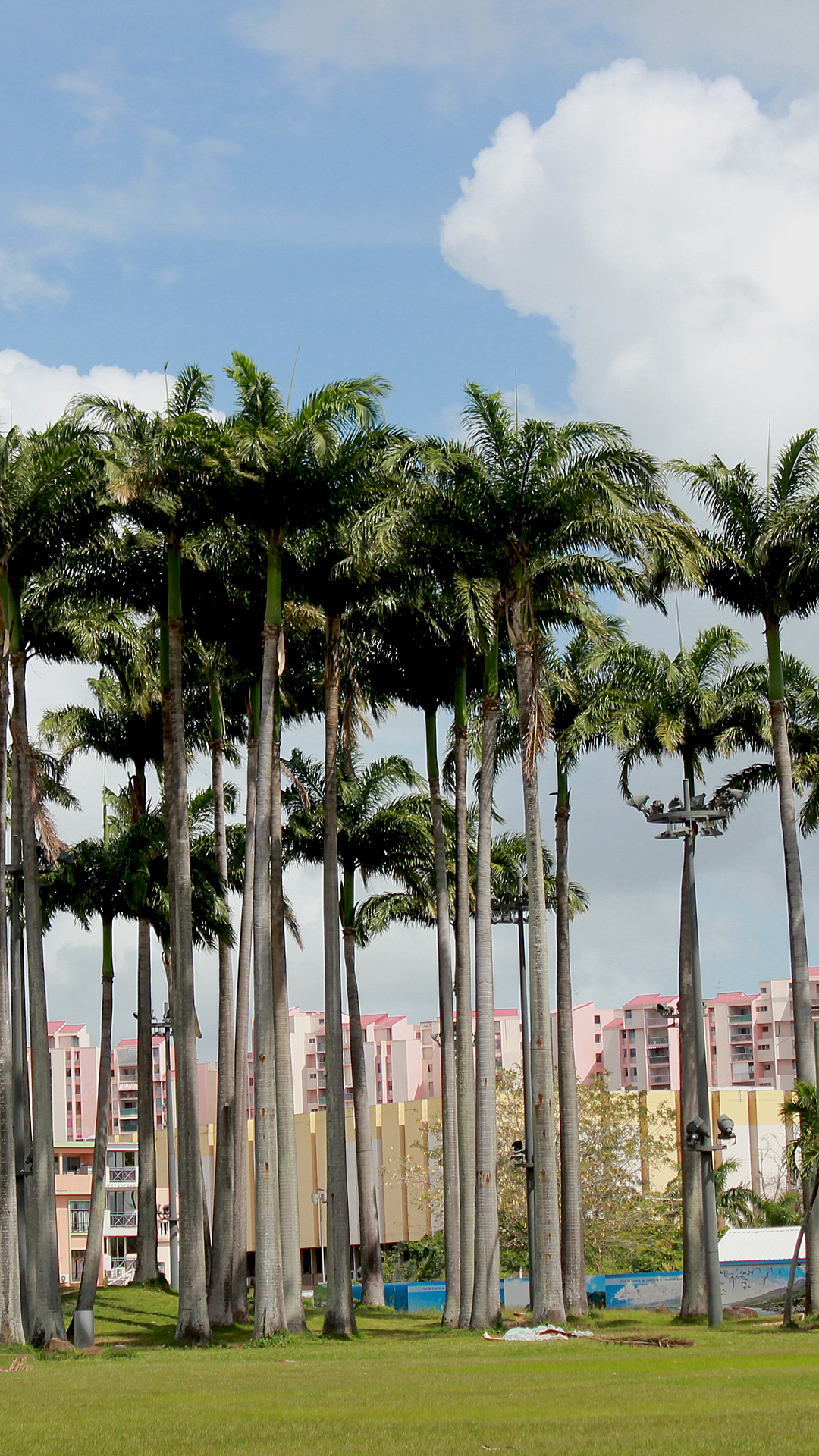
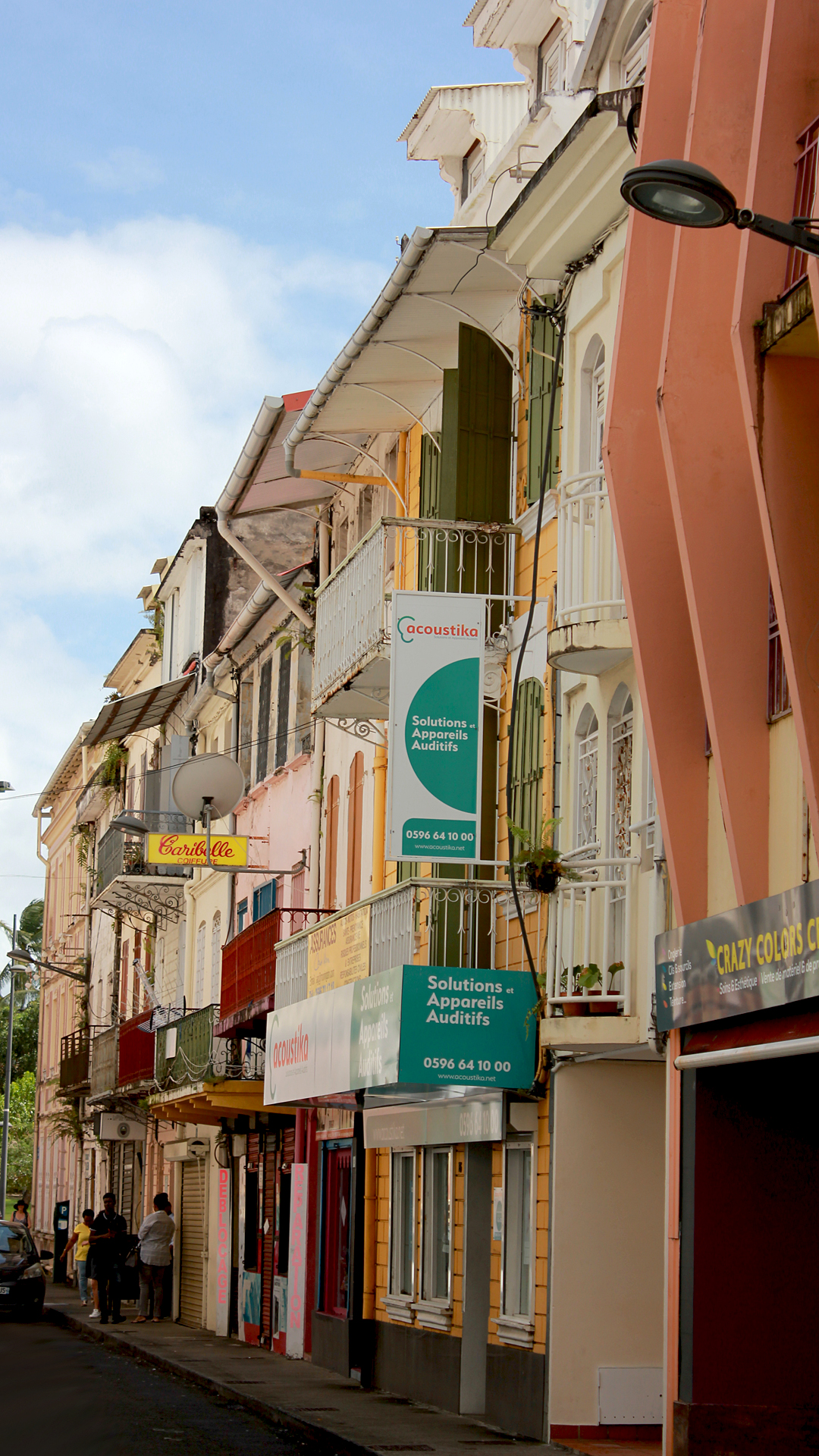
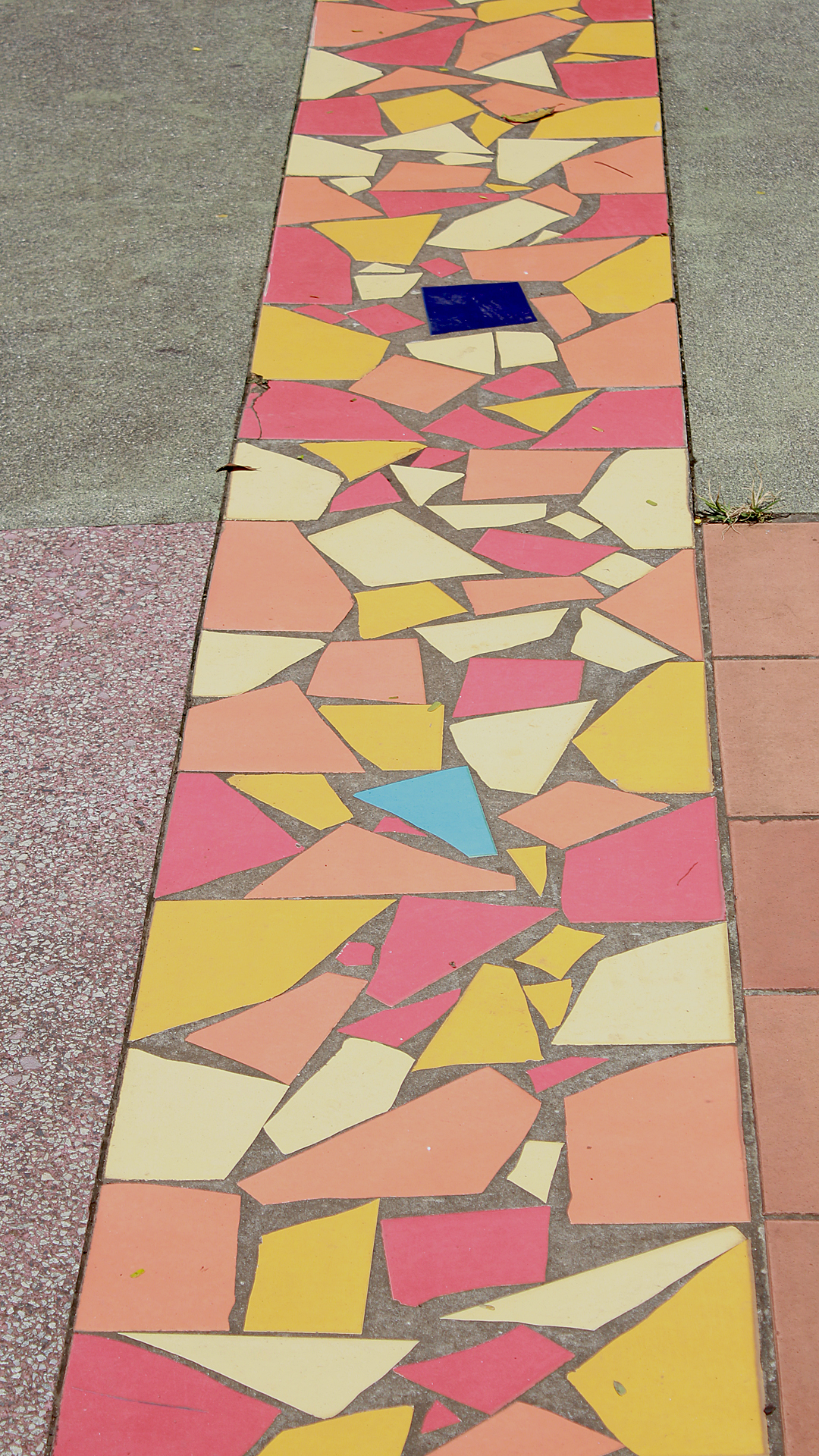
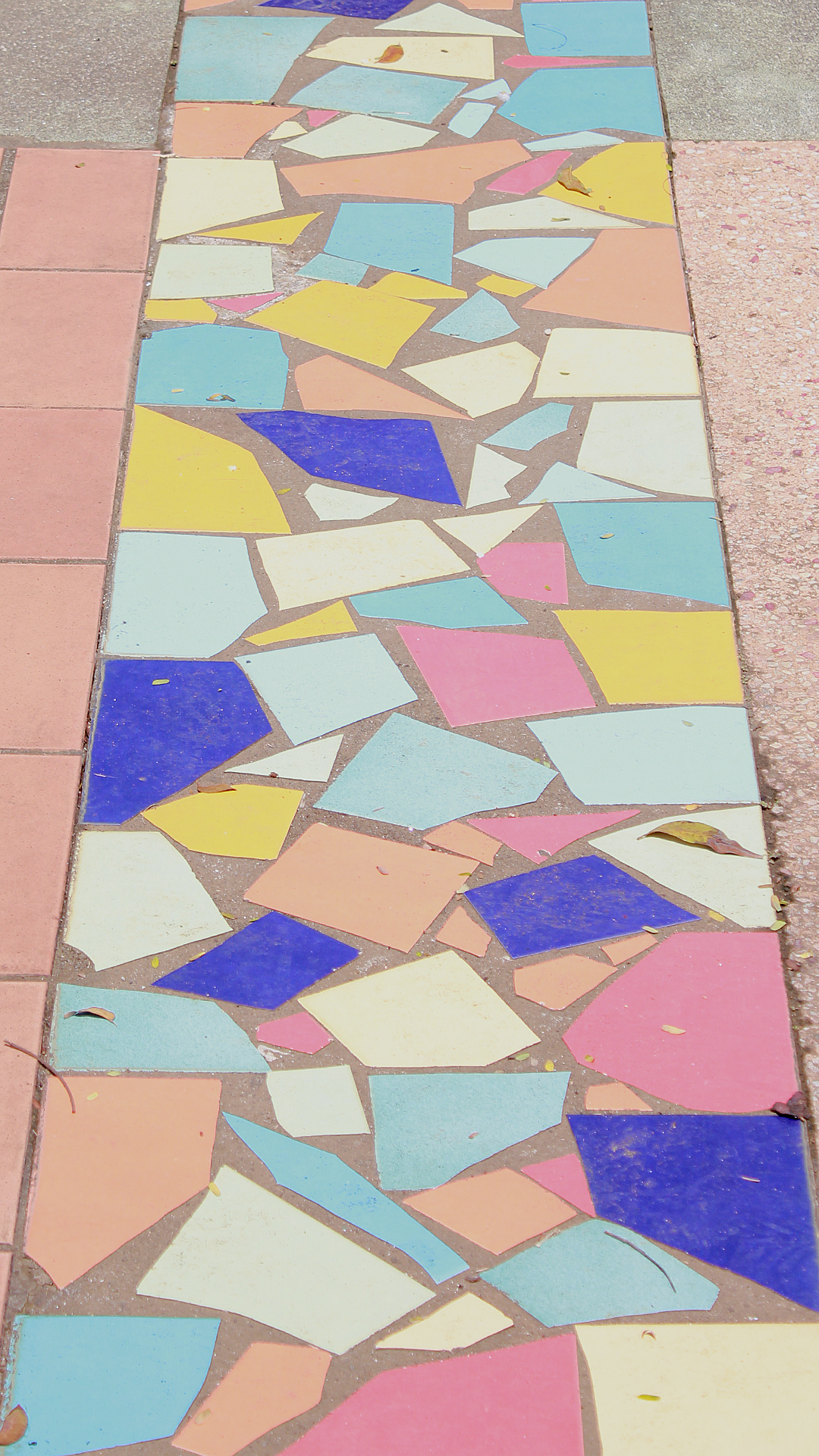
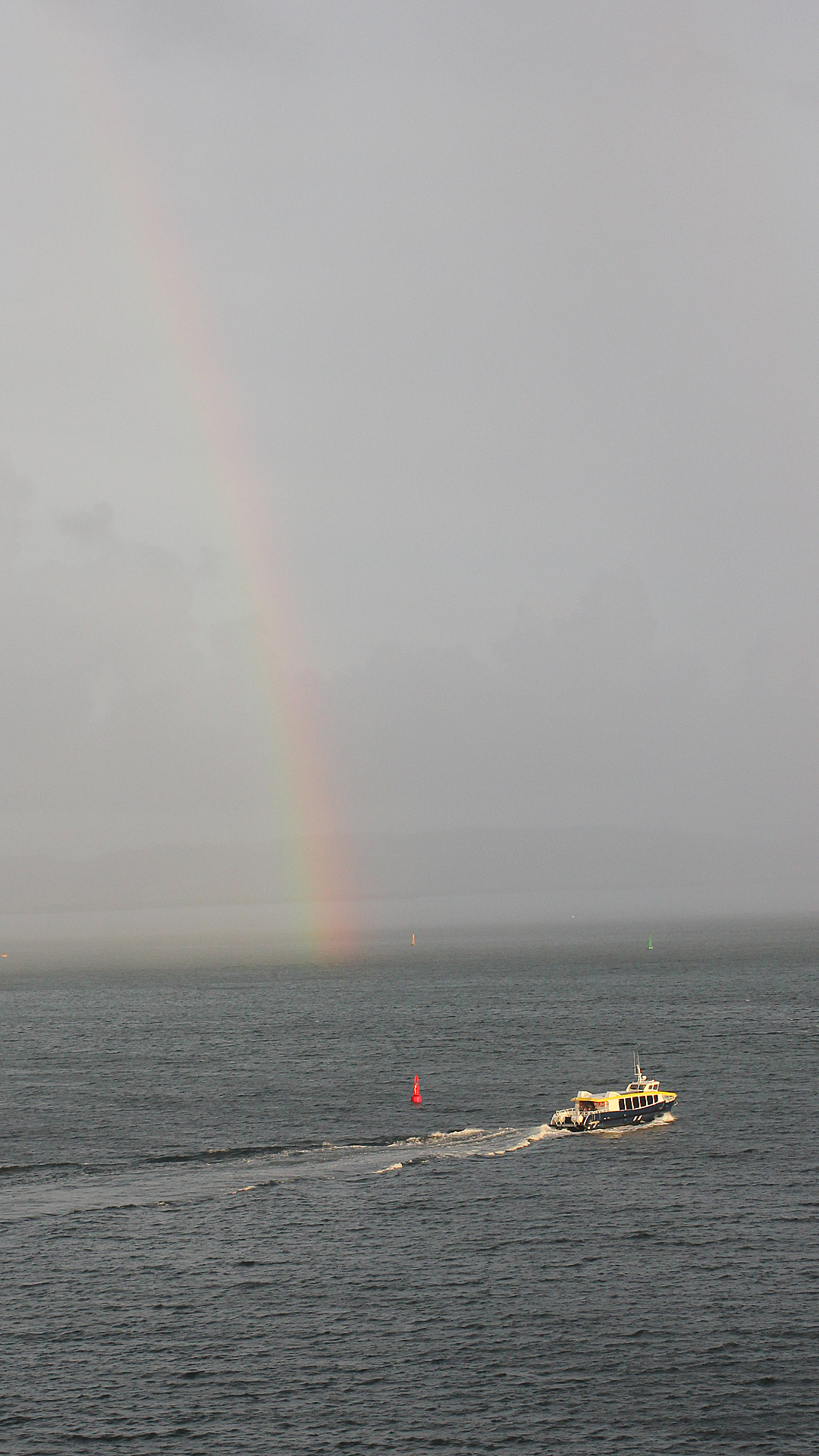
Misc Pictures
